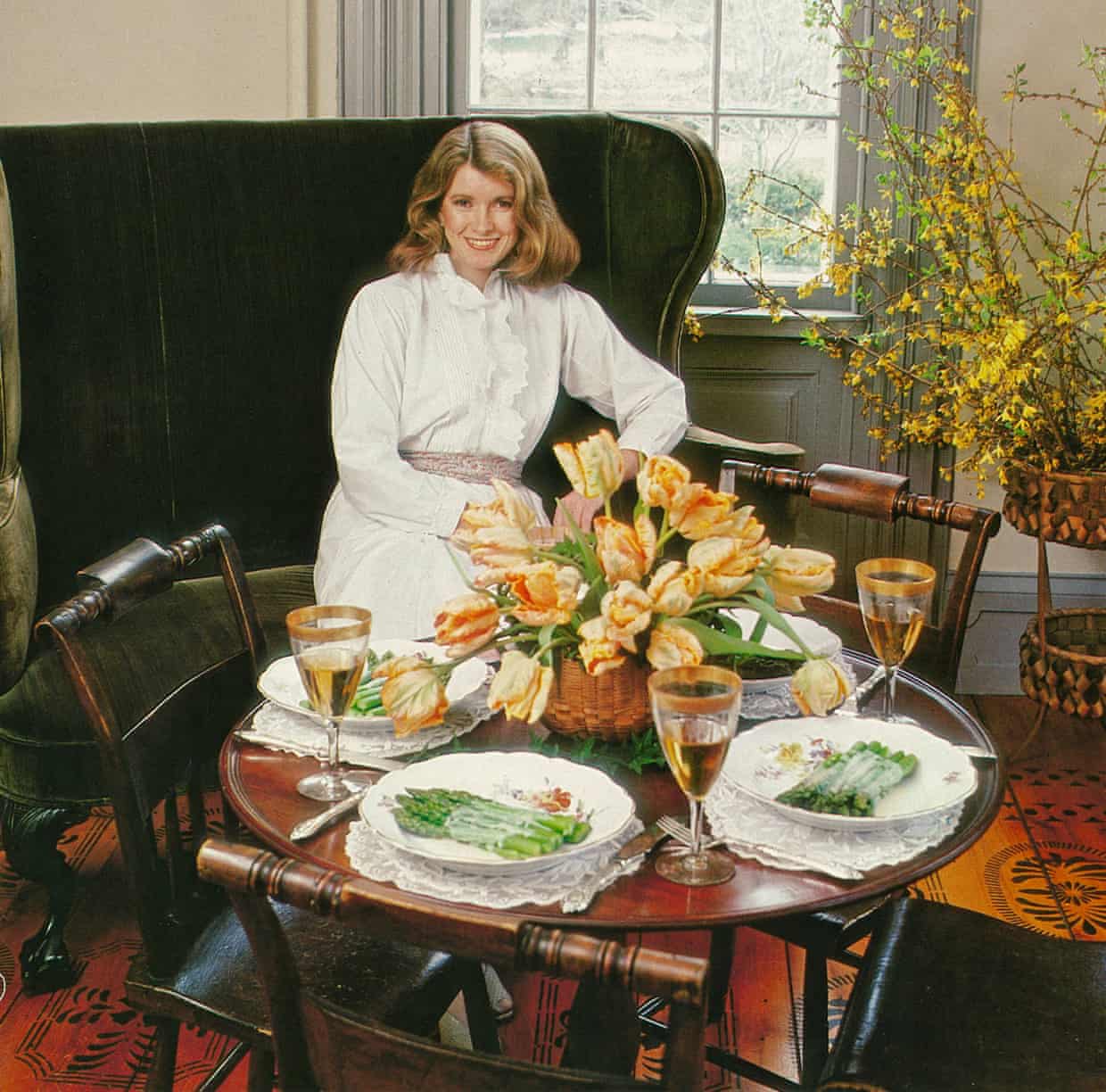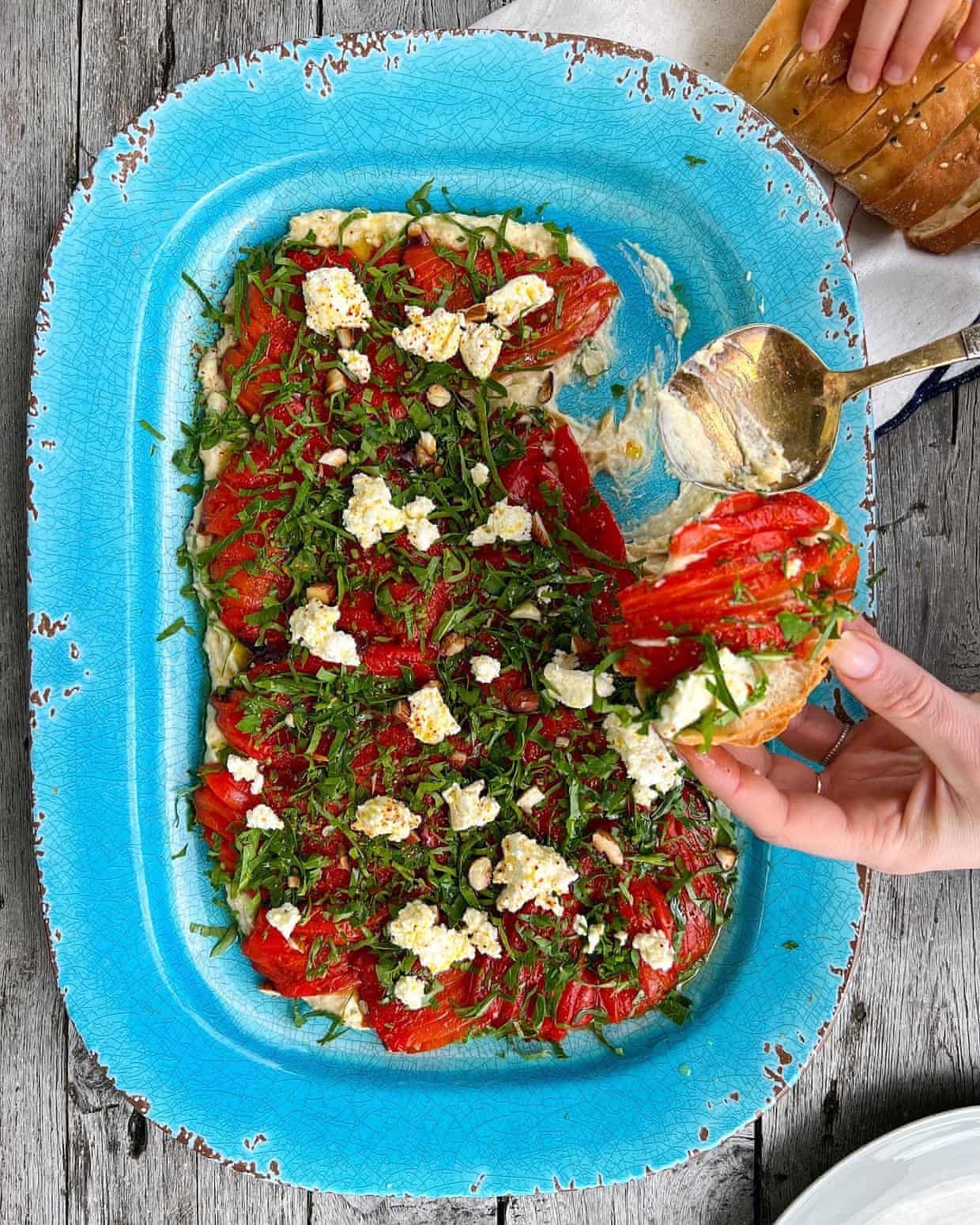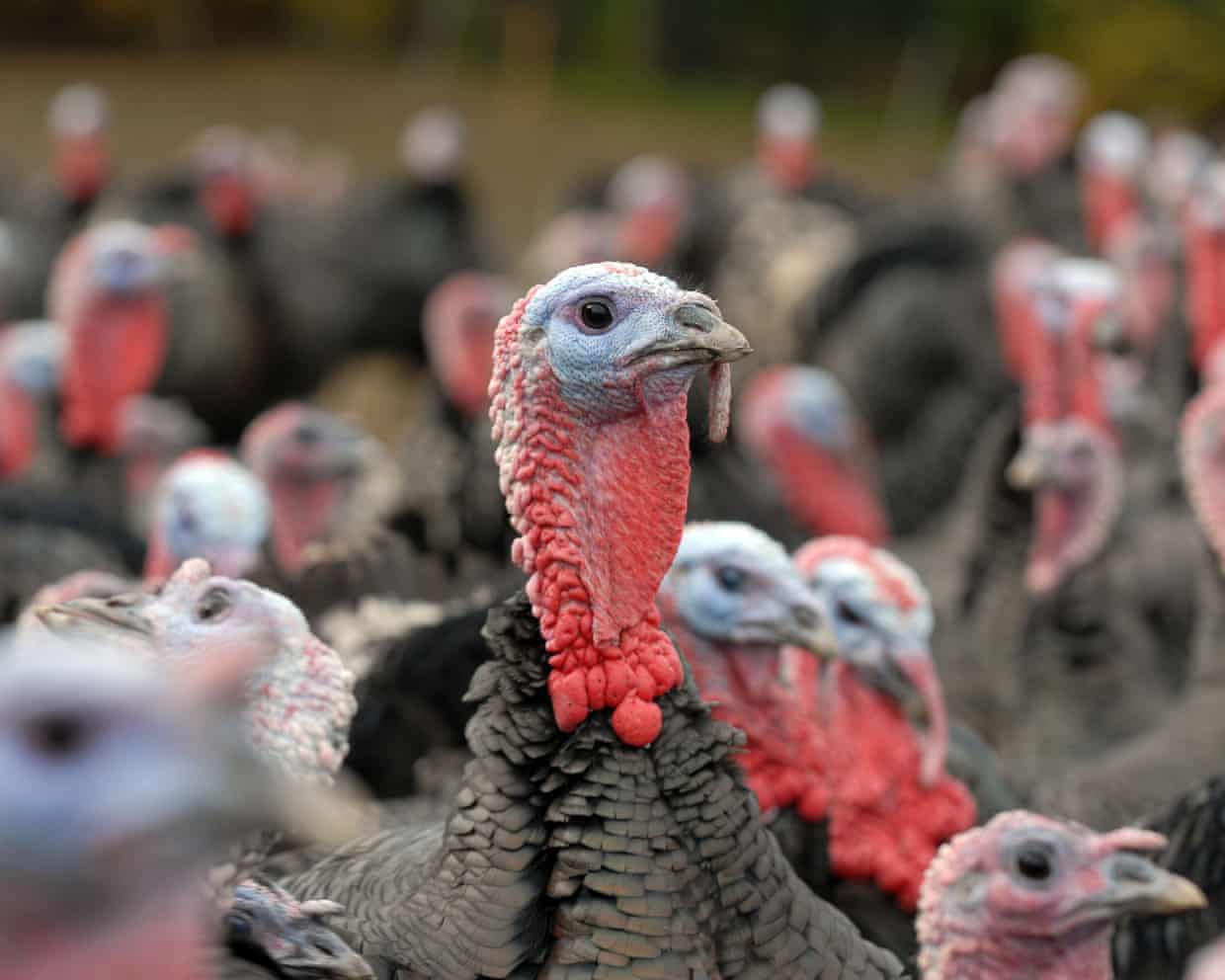Chef Skye Gyngell, who pioneered the slow food movement, dies aged 62

Tributes have been paid to the pioneering chef and restaurant proprietor Skye Gyngell, who has died aged 62,The Australian was an early celebrity proponent of using local and seasonal ingredients and built a garden restaurant from scratch, the Petersham Nurseries Cafe in Richmond, south-west London, which went on to win a Michelin star,A statement released by her family and friends read: “We are deeply saddened to share news of Skye Gyngell’s passing on 22 November in London, surrounded by her family and loved ones,“Skye was a culinary visionary who influenced generations of chefs and growers globally to think about food and its connection to the land,“She leaves behind a remarkable legacy and is an inspiration to us all.
The family requests privacy at this time,”Jeremy Lee, chef at London restaurant Quo Vadis, praised the chef for her “extraordinary life and career … how this lovely lass lit up the world”,The celebrity chef Jamie Oliver wrote: “Terrible sad news,She was an amazing woman and incredible cook and kindhearted,She will be very, very, very missed.
Thank you for all you did to inspire young cooks.”Cookery writer and television host Nigella Lawson said she was “heartbroken”.“However ill you know someone to be, their death is always a shock.It’s just awful that Skye is no longer in the world.It’s a tremendous loss, and I’m heartbroken for Holly and Evie and all those who loved her and learned from her,” Lawson wrote.
Cyrus Todiwala, a chef who runs Cafe Spice Namaste in east London, said: “A great culinary leader has passed away.May her inspiration carry on with her teams and drive them to achieve all the goals she must have planned.”Australian chef Kylie Kwong wrote that “Skye was one of the greatest cooks of all time”, while Sydney Opera House culinary director Danielle Alvarez called Gyngell “an inspiration to us all”.Gyngell was born in Sydney on 6 September 1963.Her father was the broadcaster Bruce Gyngell, who in 1956 was the first person to appear on Australian television and in the 1980s succeeded Greg Dyke as managing director of the breakfast television franchise TV-am.
Her mother, Ann Barr, was a well-known interior designer,While studying law at Sydney University, she took a job washing up at a delicatessen before moving to Paris to train under Anne Willan at the École de Cuisine La Varenne and then worked at the two Michelin-starred restaurant Dodin-Bouffant,The chef moved to London, where she worked at the Dorchester under Anton Mosimann before working at the French House in Soho under Fergus and Margot Henderson,She pioneered the “slow food movement”, a grassroots initiative founded in Italy in the 1980s to preserve traditional cooking and promote a “good, clean and fair” approach to eating,Gyngell transitioned to teaching and private catering to clientele that included Nigella Lawson, Charles Saatchi, Madonna and Guy Ritchie, and was later appointed food editor of Vogue.
In 2004, she returned to the restaurant industry after visiting Petersham House, Lord Burlington’s 18th-century villa, and opened Petersham Nurseries Cafe.She also opened Spring at Somerset House in London and ran restaurants Marle and Hearth at Heckfield Place in Hampshire.Marle was awarded a green Michelin star in 2022 and has retained it every year since.Last year, the chef and food author was diagnosed with Merkel cell carcinoma, a rare and aggressive skin cancer.The treatment blunted, for a time, her treasured sense of smell and taste.
“Savoury foods tasted really salty,” she said,“Anything with chilli was like the spiciest curry in the world,“One teaspoon of sugar in my tea was more like 20 spoonfuls, and I couldn’t taste the tea,”In 1989, she married Thomas Gore; they divorced in 1996, and she is survived by their daughter, Holly, and by Evie, her daughter from a relationship with James Henderson,

Goblets of borscht, turkey-shaped madeleines: why Martha Stewart’s fantastical menus are still an inspiration
The celebrations were imminent and the greenhouse ready to accommodate – among the orchids, in unseasonable November warmth – an intimate Hawaiian luau. The table was set with giant clam shells for serving vessels and miniature hibachis for grilling Dungeness crab. Somebody had found a small, pink pineapple and secured it on the watermelon like a brooch. The hostess considered the merits of a hula dancer, but in the end settled on a more succinct spectacle: a 19lb suckling pig, enwreathed with sub-tropical flowers and caparisoned in bronze.It was, and could only ever have been, a Martha Stewart affair

Winter has finally kicked in – it’s time to crack out the casserole dish and get stewing
At the risk of sounding like a British cliche, can we take a moment to discuss the change in the weather? This week’s sudden drop in temperature has our house excited for potential snow (the children are giddy), with everything suddenly feeling a lot more wintry. New coats are on the hooks, thermals are being dug out and a casserole dish filled with some sort of soup, stew or stock seems to be permanently ticking away on the hob. These range from quick, warming weeknight dinners to leisurely, slow-cooked weekend meals.The Guardian’s journalism is independent. We will earn a commission if you buy something through an affiliate link

Helen Goh’s recipe for cranberry, orange and ginger upside-down cake | The sweet spot
Bright, tart cranberries are one of the most vivid flavours of the Thanksgiving table, but they often play a supporting role to turkey and stuffing. Here, however, they take centre stage in a sparkling upside-down cake, and their ruby tones gleam over a tender, orange-scented crumb. The batter is enriched with soured cream, ensuring every bite is a balance of sweet, sharp and soft.A note about the cranberries: if using frozen, do not defrost them first.Prep 10 min Cook 1 hr 15 min, plus cooling Serves 8-10For the cranberry caramel base 60g unsalted butter 100g light brown sugar 1 tbsp fresh orange juice2 tsp finely grated ginger⅛ tsp flaky sea salt250g fresh or frozen cranberriesFor the cake batter150g plain flour 1 tsp baking powder ¼ tsp bicarbonate of soda ¼ tsp fine sea salt 120g unsalted butter, at room temperature, plus extra for greasing150g caster sugar Finely grated zest of 1 orange 2 large eggs 2 tsp vanilla extract 120g full-fat soured creamGrease a 20cm round cake tin (at least 5cm deep, and not springform), then line the base and sides with baking paper

Why nonalcoholic spirits go from strength to strength
It’s time to start thinking about the C word. You might well already have plans to stock up for house guests who are drinking, but what about those who aren’t? It’s a good opportunity to think about how we might jazz up our non-alcoholic offering for friends and family who are trying to drink less, or not drinking booze at all. Sometimes, your friend will just want a Fanta, but I don’t like being the one to offer it to them. We can do better than that.The Guardian’s journalism is independent

Tell us about a recipe that has stood the test of time
Recipes carry stories, and often when they have been passed down from generation to generation, these tales have a chapter added to them each time they are made. Family members concoct elaborate treats and seasoning mixes, which in some cases travel across oceans to end up on our dinner tables.We would like to hear about the recipes that have stood the test of time for you, and never fail to impress. Who first made it for you? Did you stick to the recipe that was passed down or have you improvised? What are the stories you associate with your favourite family recipe?Let us know and we will feature some of the best in Feast.Tell us about the recipe that has been handed down through generations in the form below

Alice Zaslavsky’s recipe for garlic red peppers with a creamy white bean dip, AKA papula
This week, I’ve been putting the finishing touches on an interview I recorded with legendary Australian cheesemaker Richard Thomas, the inventor of an ingredient you may not even realise is Australian: marinated feta, AKA “Persian fetta”. An unexpected stop on a trip to Iran in the 1970s gifted Thomas a chance meeting with a Persian doctor and his breakfast: fresh labneh with soft, still-warm lavash. It was a revelation. On his return, Thomas got to work creating a fresh cheese from goat’s milk (similar to chèvre) and from cow’s milk, marinated and preserved in oil, with an extra “t” to avert confusion with the Greek-style feta, that’s still being utilised by cooks and chefs right across the world.Persian fetta is a shapeshifter, capable of remaining both firm and steadfast when crumbled across the top of a platter or salad, and of yielding to a soft, velvety cream, enhancing all manner of dishes from pasta to pesto to whipped dips and schmears – and, of course, as a topping for that Aussie cafe staple, avocado toast

Bad season of bird flu in UK hits supply of Christmas turkeys

EU and US to restart trade talks as sticking points on July tariff deal remain

Labour must back delivery drivers sacked by DPD, former cabinet minister says

Hospitals and clinics are shutting down due to Trump’s healthcare cuts. Here’s where

Falling stock markets and high shop prices hit US consumer confidence; rate cut hopes lift Wall Street – as it happened

US data agency cancels October inflation report as Fed considers whether to cut rates